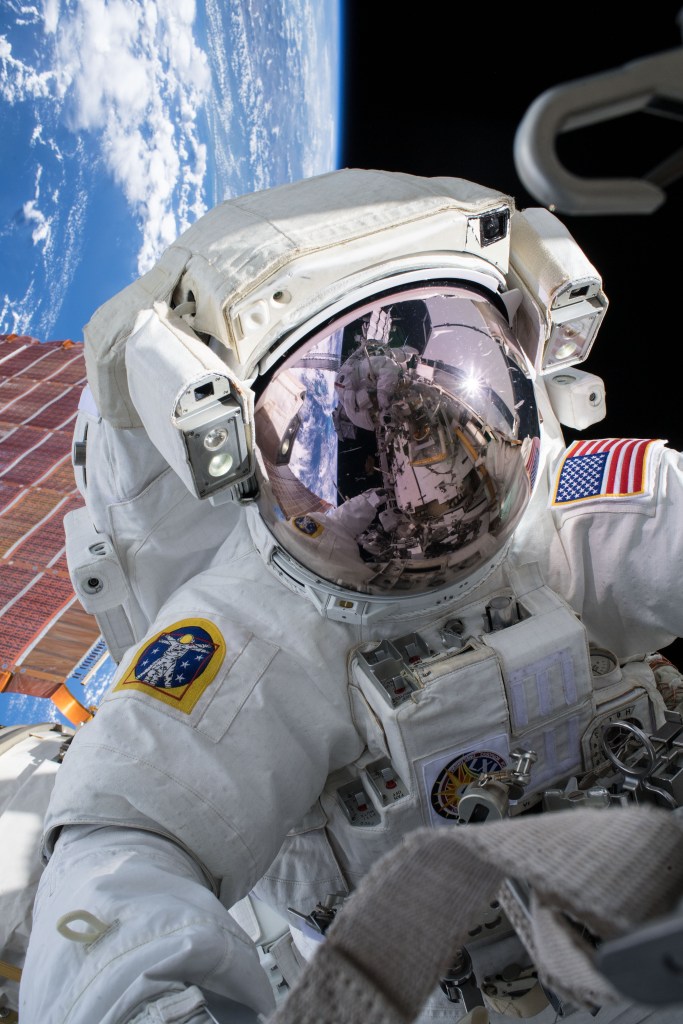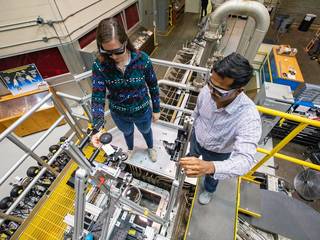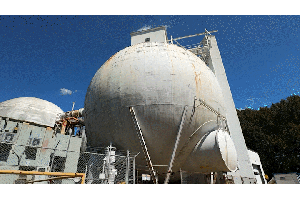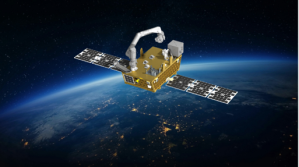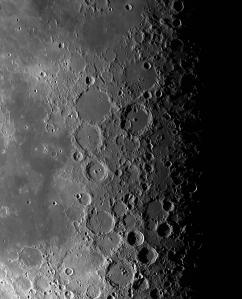The most important part of any successful journey through the skies is a safe landing. This is just as true for high stakes NASA goals such as one day landing humans on Mars. That’s where heat shield technology comes in to protect a spacecraft as it moves through different atmospheres.
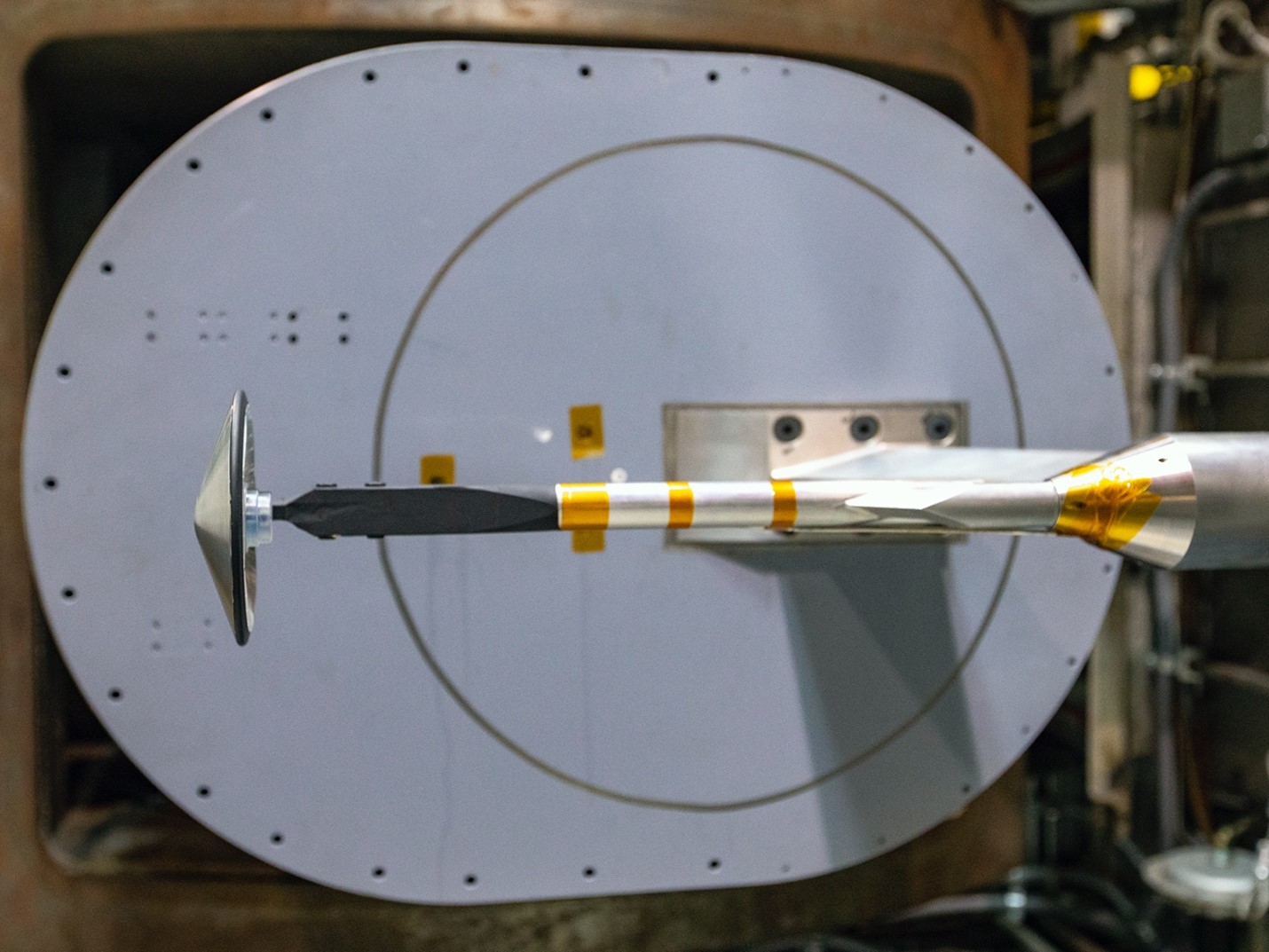
A new experimental measurement technique for hypersonic wind tunnel testing is being used at NASA’s Langley Research Center in Hampton, Virginia to assist in the development of inflatable heat shields like the one used in NASA’s recent Low-earth Orbit Flight Test of an Inflatable Decelerator (LOFTID) flight test mission.
Tests are being performed in a Mach 10 wind tunnel at NASA Langley using the Planar Laser Induced Fluorescence, or PLIF, technique. PLIF is a laser-based imaging technology used to create a picture of the flow field around a vehicle. The PLIF technique uses a planar laser light sheet to excite molecules of seeded nitric oxide (NO) in the air flow around the test model and induce ultraviolet fluorescence. The paths of the excited molecules are tracked using a special camera that intensifies ultraviolet light to form a picture of the flow patterns around the vehicle. The PLIF measurements are also processed to provide temperature and velocity data in the flow field. PLIF data sets can be used for comparisons with computational flow field simulations in order to assess the accuracy of the numerical tools that NASA employs in the design of hypersonic entry vehicles such as LOFTID, which is the vehicle configuration being used in this test program.
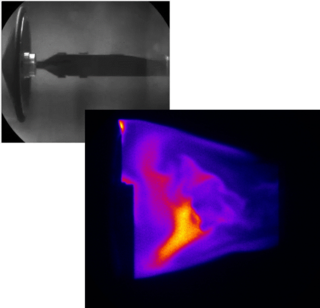
The LOFTID flight test was designed to address technical challenges in the development of inflatable heat shield technologies for eventual use in operational NASA and commercial missions. Among these are understanding the nature of the wake flow behind the inflatable aeroshell. The wake flow is characterized by complex, unsteady patterns of rotating vortices, which are challenging to simulate using computational methods. Data collected during the flight test helped to validate the performance of those models, as did the data collected with PLIF on the LOFTID model used in this wind tunnel test.
“Wake flow is challenging to model,” said Neil Rodrigues, principal investigator for the test series. “With these tests we want to see if we can match the data from previous simulations and the flight test. That will help give us more insight on what’s happening in flight and can help improve the design to scale up the technology and improve the modelling. More modelling equals less risk and potential to save on cost and weight.”
This wind tunnel test entry was jointly supported by the LOFTID mission, which has direct use for the data, and the Entry Systems Modelling (ESM) project, which sponsors research and development on computational methods for high-speed flight problems.
The Entry Systems Modeling project is funded by NASA’s Game Changing Development Program in Space Technology Mission Directorate, in partnership with the Planetary Science Division of the Science Mission Directorate. ESM is led by NASA’s Ames Research Center and technical activities in ESM are spread across the Ames Research Center in Mountain View, California, Langley Research Center in Hampton, Virginia, Johnson Space Center in Houston, Texas, and Glenn Research Center in Cleveland, Ohio.
The LOFTID project is managed and funded through NASA’s Technology Demonstration Missions program, part of the agency’s Space Technology Mission Directorate. The project is led by NASA Langley, in partnership with United Launch Alliance and with contributions from NASA’s Ames Research Center in Silicon Valley, Marshall Space Flight Center in Huntsville, Alabama, and Armstrong Flight Research Center in Edwards, California. NASA’s Launch Services Program, based at the agency’s Kennedy Space Center in Florida, is responsible for managing the launch service.
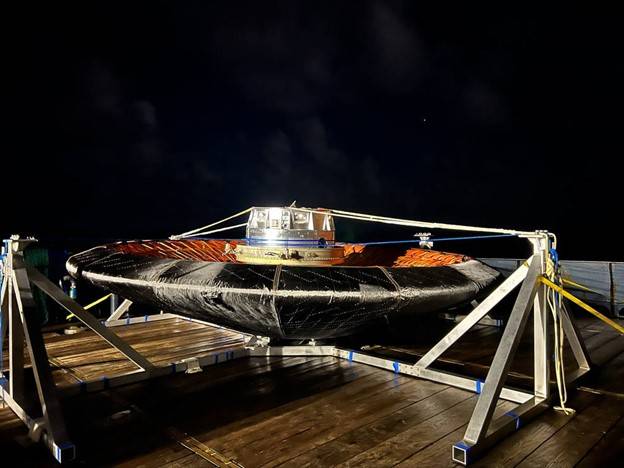
LOFTID vehicle on recovery ship after successful completion of its demonstration flight test.





















